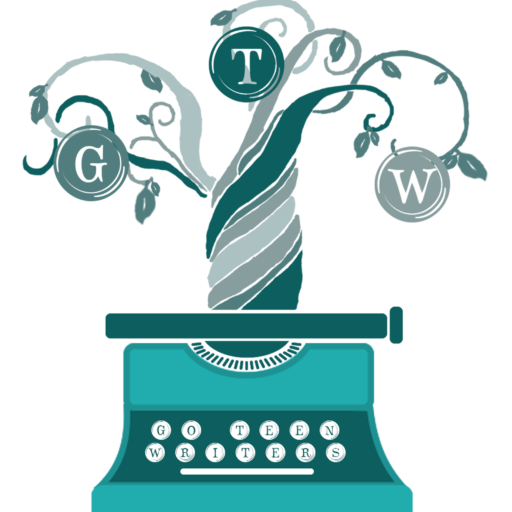by Stephanie Morrill
Stephanie writes young adult contemporary novels and is the creator of GoTeenWriters.com. Her novels include The Reinvention of Skylar Hoyt series (Revell) and the Ellie Sweet books (Playlist). You can connect with her on Facebook, Twitter, Pinterest, and check out samples of her work on her author website including the free novella, Throwing Stones.
Jill is going to be here this afternoon to check in how the word warring is going (the Go Teen Writers word war starts today!) but before she does, I’ll wrap up what I started two weeks ago when I talked about how I develop my ideas into lists of key scenes.
(Looking for part one? Here it is!)
I love studying writing, and I’m a wee bit obsessed with learning how other writers write their books. If I’ve learned anything about writing in the last 13 years, it’s that no writer is the same, and that you only figure out what works for you by trial and error.
One of the first craft books I ever read was Stephen King’s On Writing, which my parents gave to me for Christmas when I was a senior in high school. And if you’re going to copy someone’s style, who better than Stephen King? So early on in my pursuit of being a novelist, I was very anti-plot, anti-plan. And that worked quite well for me … until I got published. And then I figured out that it’s a little tougher to get away with not planning your novels when your name isn’t Stephen King. (Publishers aren’t so keen on it.)
Since those years, I’ve sat in many classes and read many books and blog posts about how different writers write. I’ve charted. I’ve Snowflaked. I’ve used index cards. I’ve made plot skeletons.
The technique of using a list of key scenes to think through a book is one of those things I found in my studies that works well for me. It makes my list-loving brain happy, limits the rabbit trails because I make myself answer a lot of hard questions early, and yet it’s a loose enough plan to keep my artist’s heart from feeling too confined.
If this technique works for you, then you will likely put your own spin on it and make it yours. For me, it works like this: I take my story idea—the one I’ve written a blurb for, talked over with close writing friends, and written a chapter or two—and then I print out a template I’ve made for myself. I’m going to include several versions of my templates with the Go Teen Writers newsletter that goes out tomorrow.
Working from my template, which is a list of scenes like the ones I posted two Mondays ago, I start filling in the information I already know.
I typically already know how I want the book to open. Sometimes I know a twist that I want to happen in the second half of the book. I don’t stress about going in order or being perfect, because this is just about gathering ideas.
After I’ve filled in everything about the story that I know (or everything I think I know) then I try to work chronologically. I play the “What if?” game like I’m sure you do when you’re writing. “This just happened to my character. How would they react to this? What if…?” And I jot down whatever comes to me that seems decent.
I don’t rush this process, I carry the notes around with me for days. There’s something about having them close by that ensures some part of my brain is working through the story even as I’m flipping pancakes or folding socks. That’s why they might look a little mangled by the time I’m done:
 |
| Page 1 of 3 for my work-in-progress that has two point of view characters |
The most important thing to keep in mind is that this is a tool. You’re in charge of it, not the other way around. So if you’re working off the template and decide, like I did, that your character isn’t going to refuse the call, just cross it out.
Or maybe you decide that you want an atonement with the father scene to come in the middle, not the end. Move it around, and see how it works!
Also, don’t let yourself think it has to be all filled out before you start. If you’ve been thinking about the scenes for a few days, and you just have no idea what the crazy plan will be, but you’re feeling ready to write, just skip over it. You’ll figure it out when you get there. Because the point of it all is to write a great book, not walk away with a pristine outline.
Even if you spent weeks on your outline, chances are that by the time you get to the second half of the book, you’ll might be shifting things around anyway.


